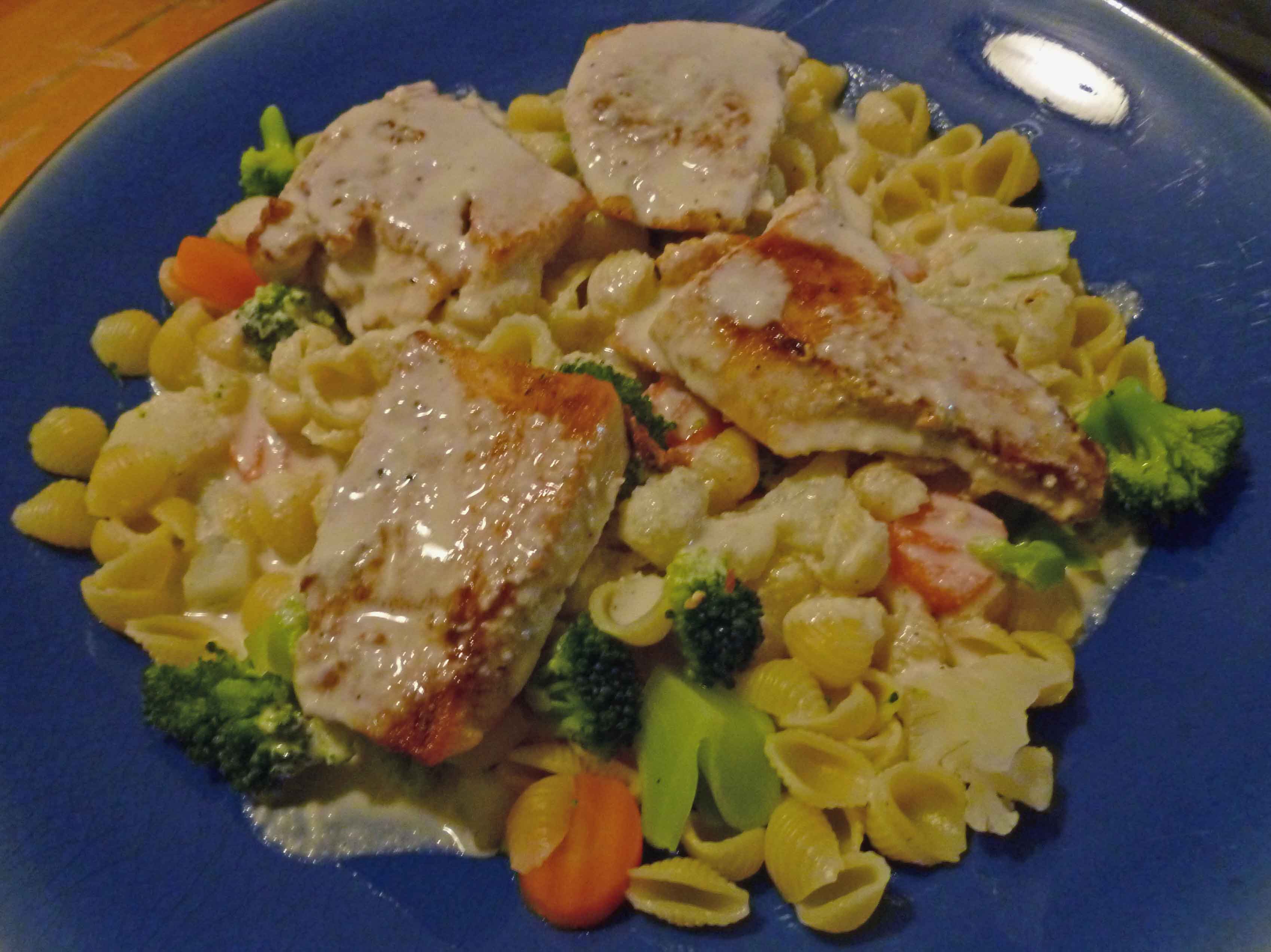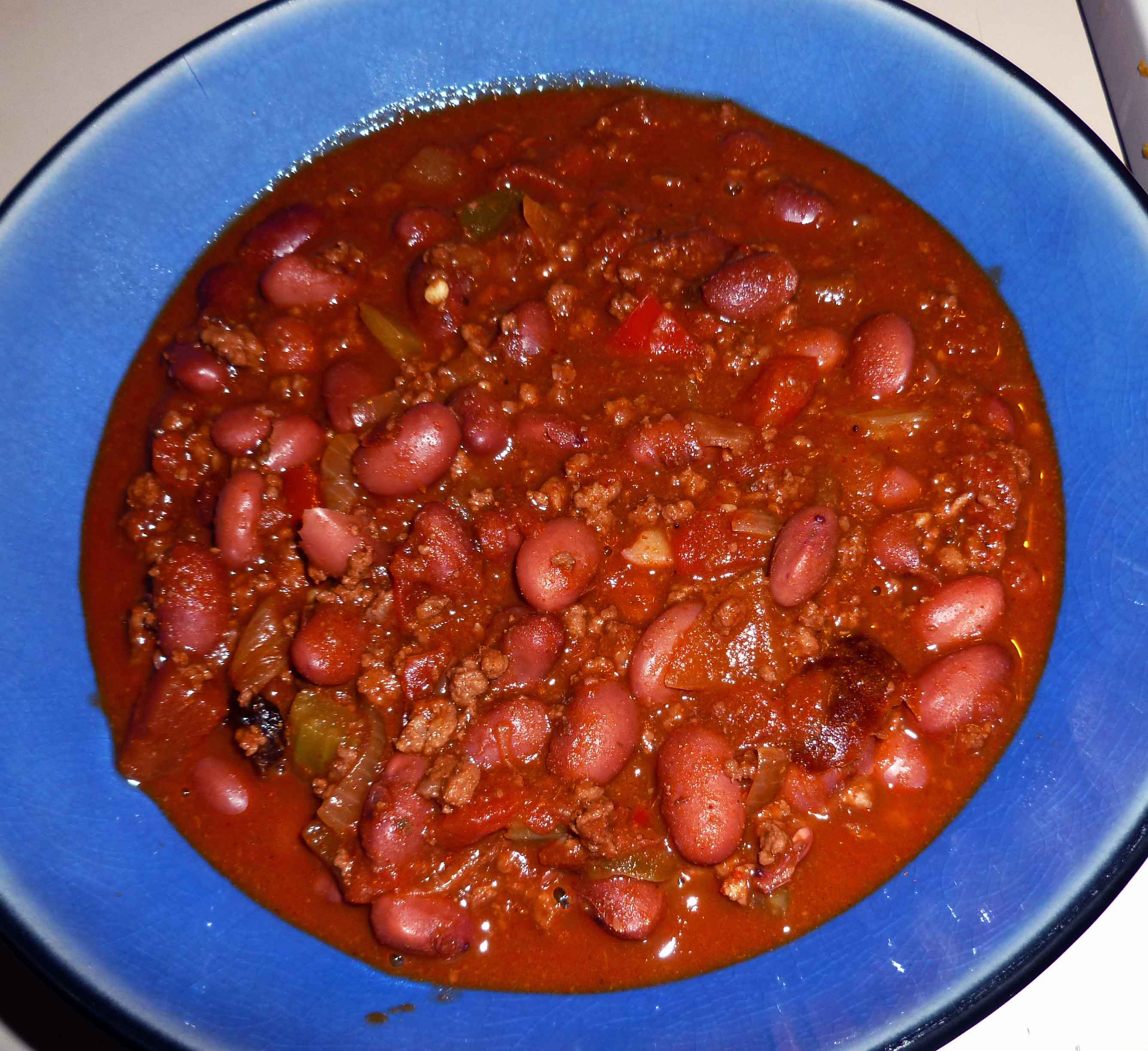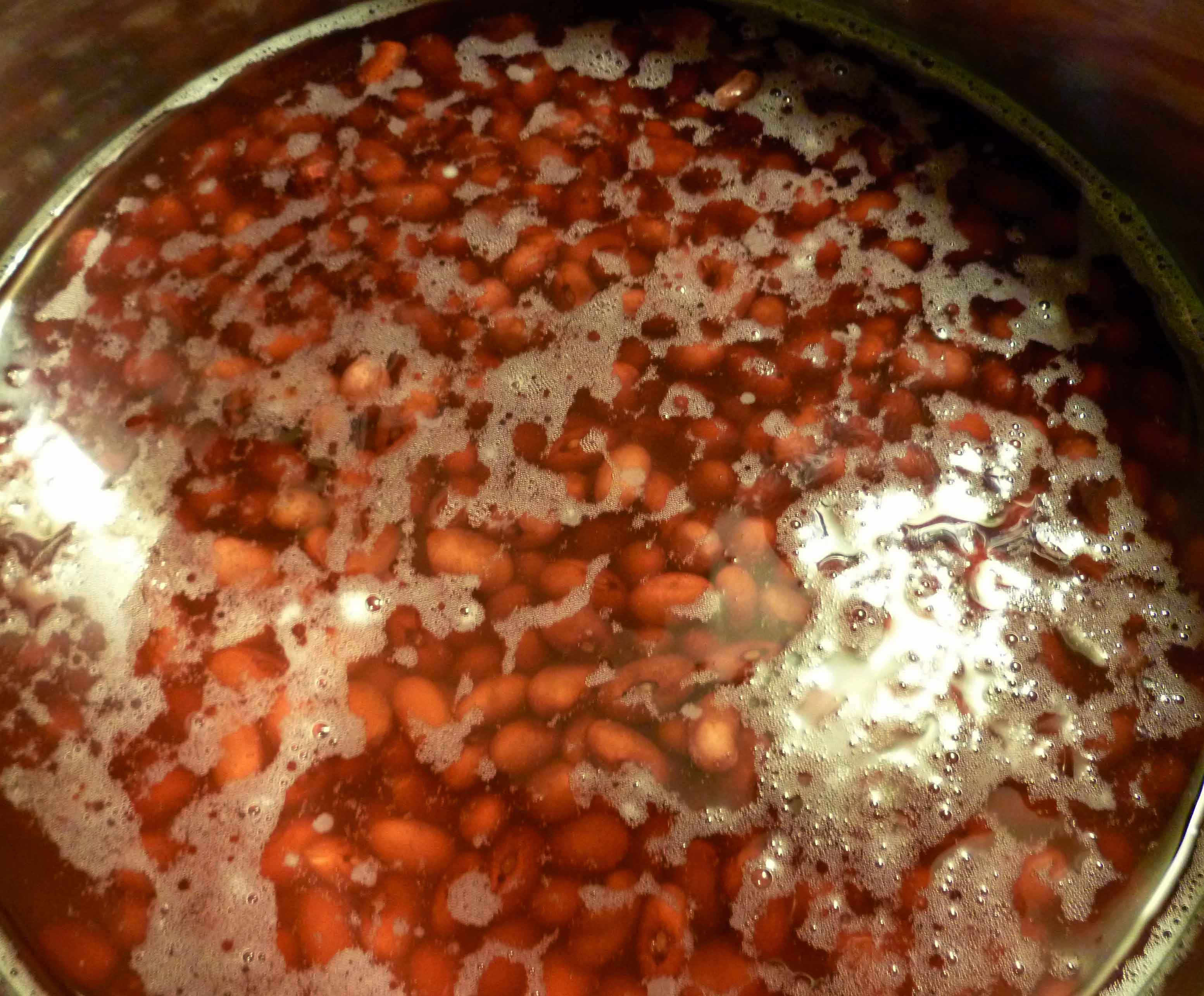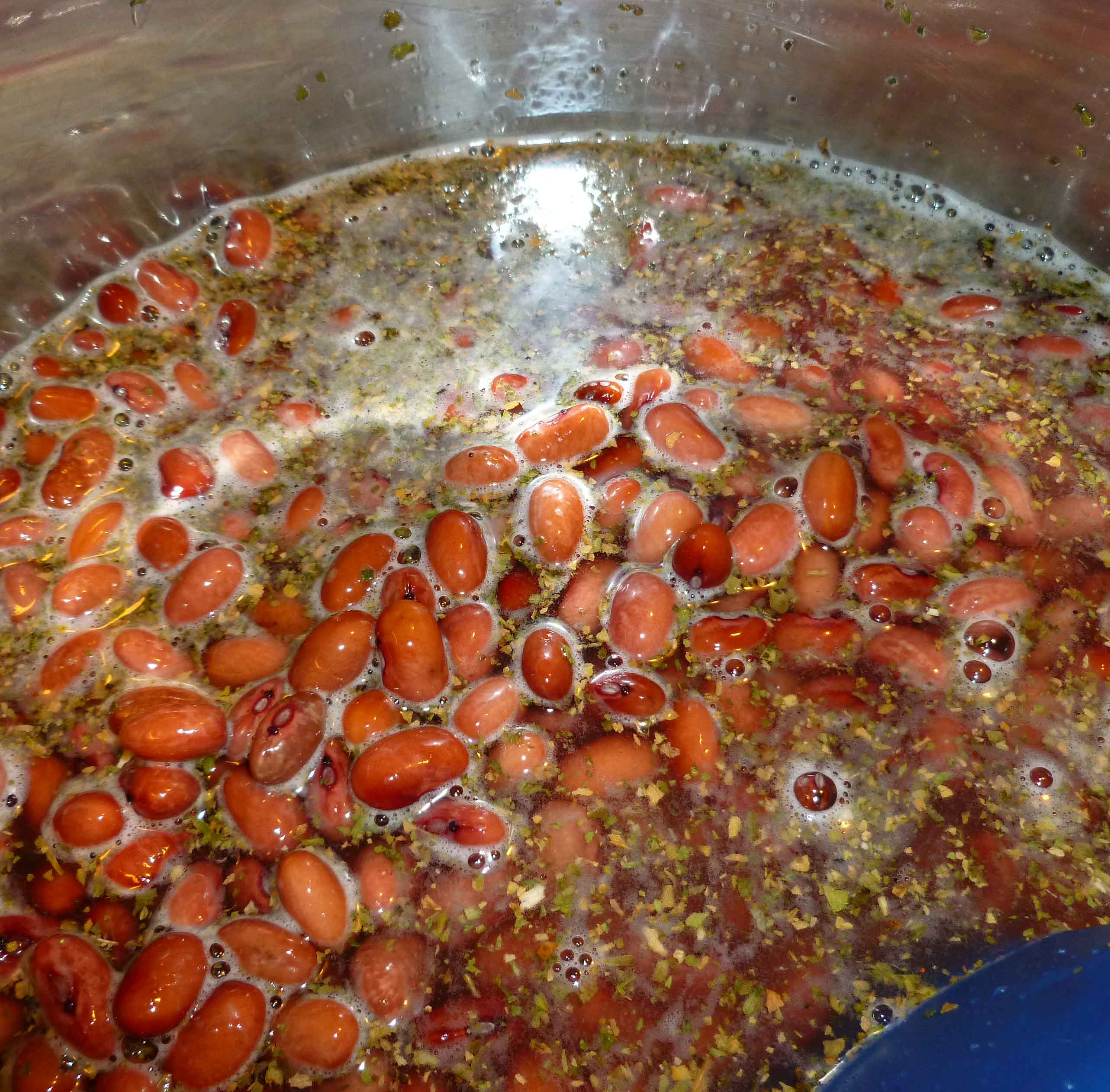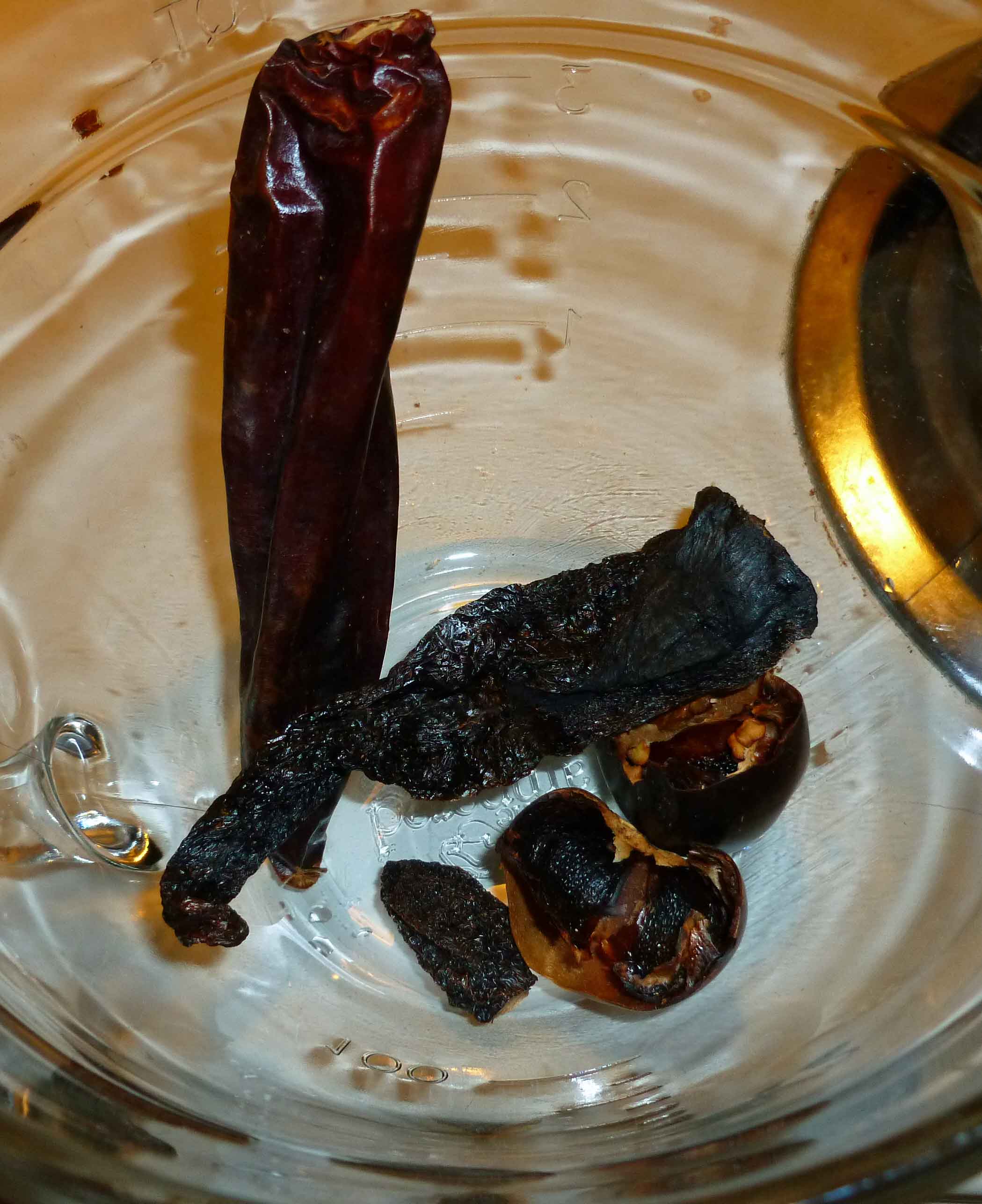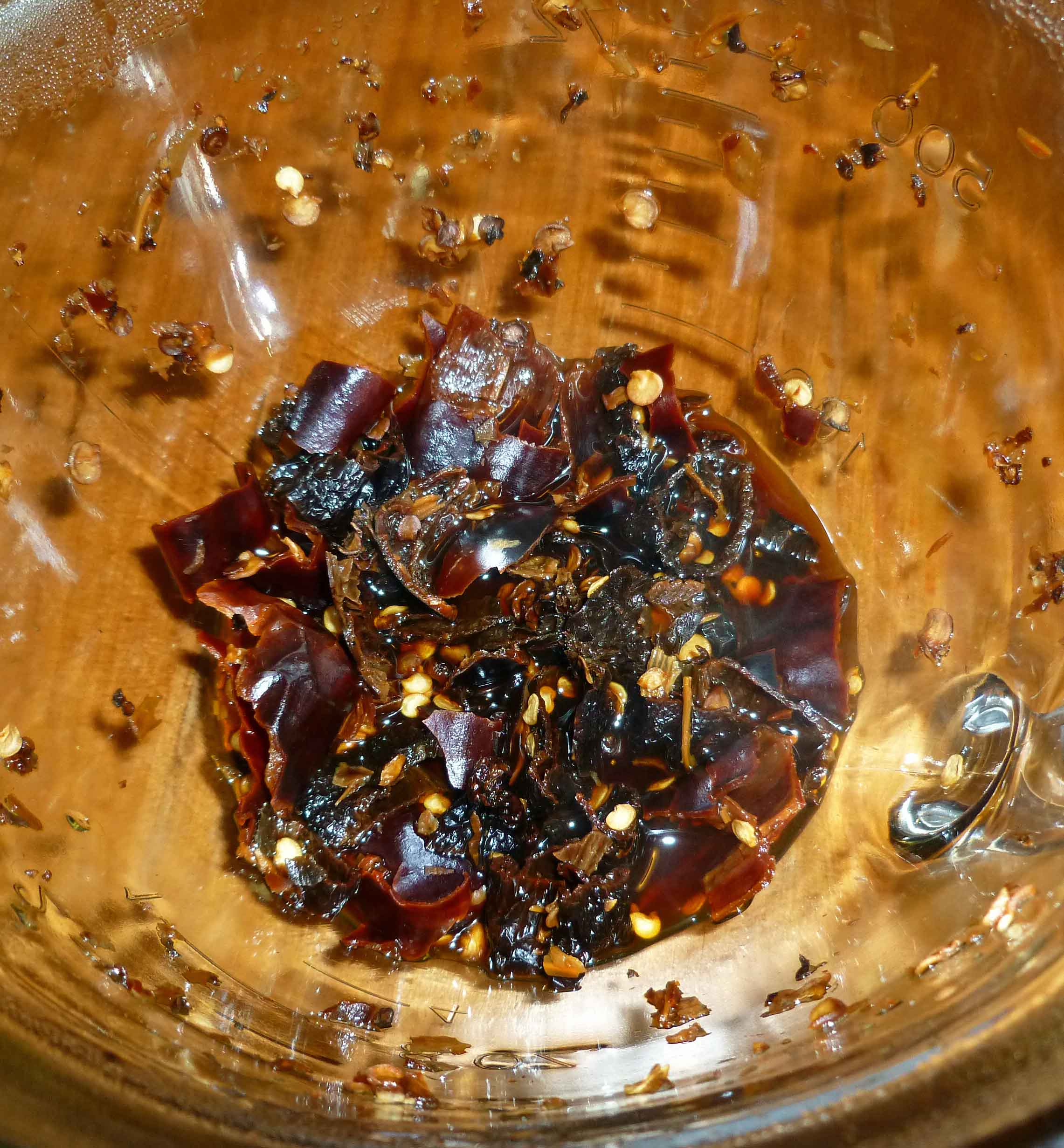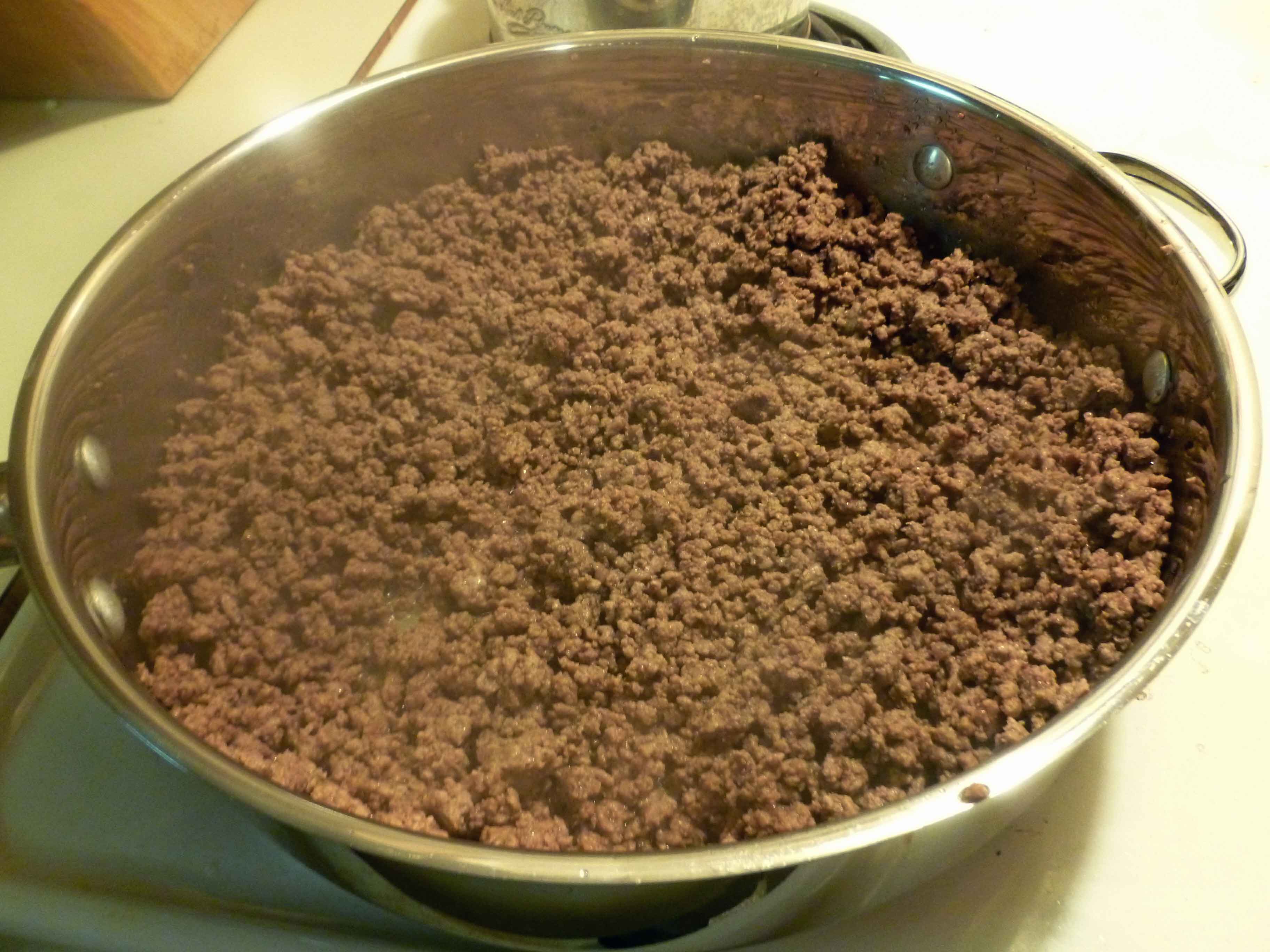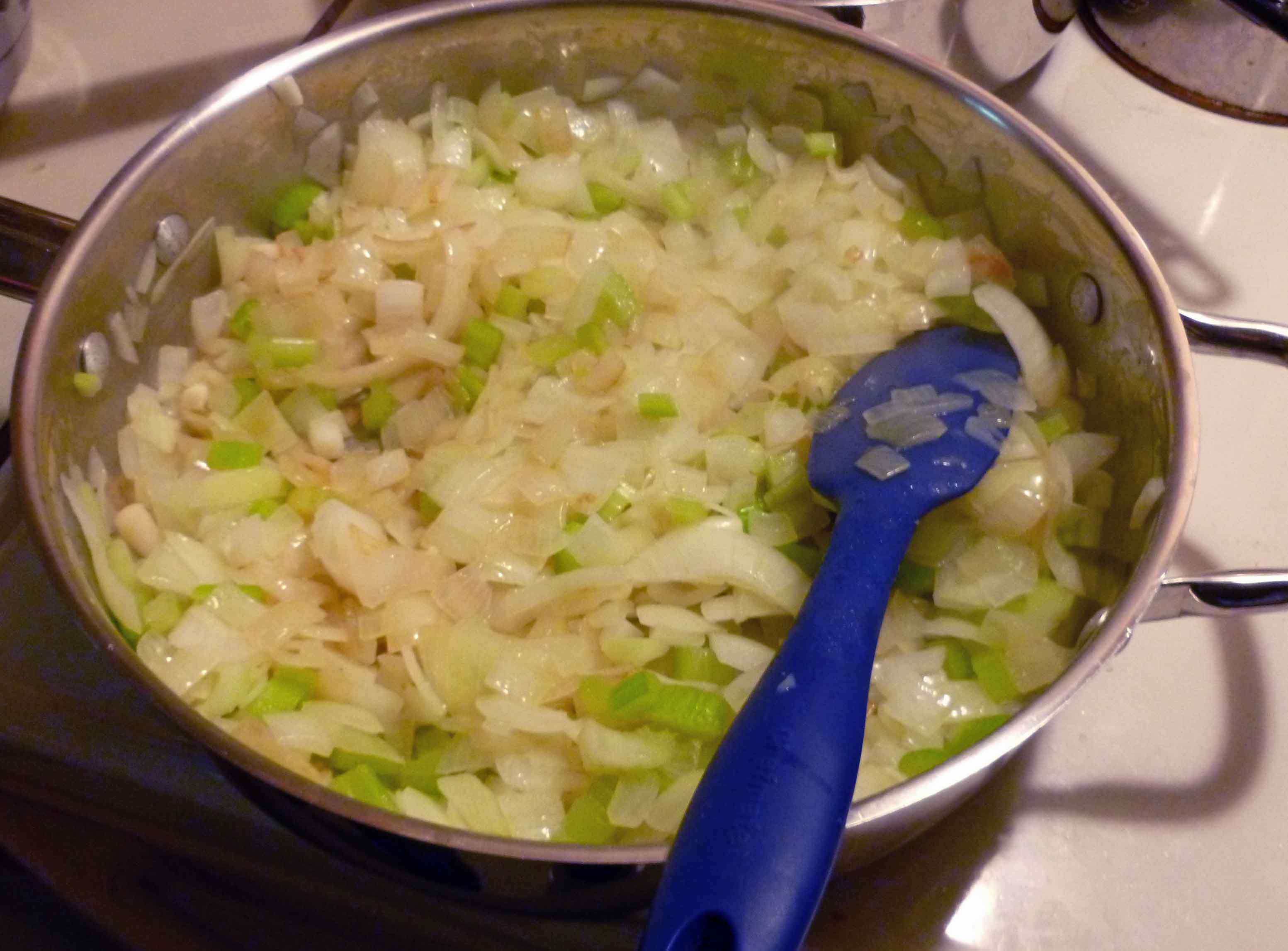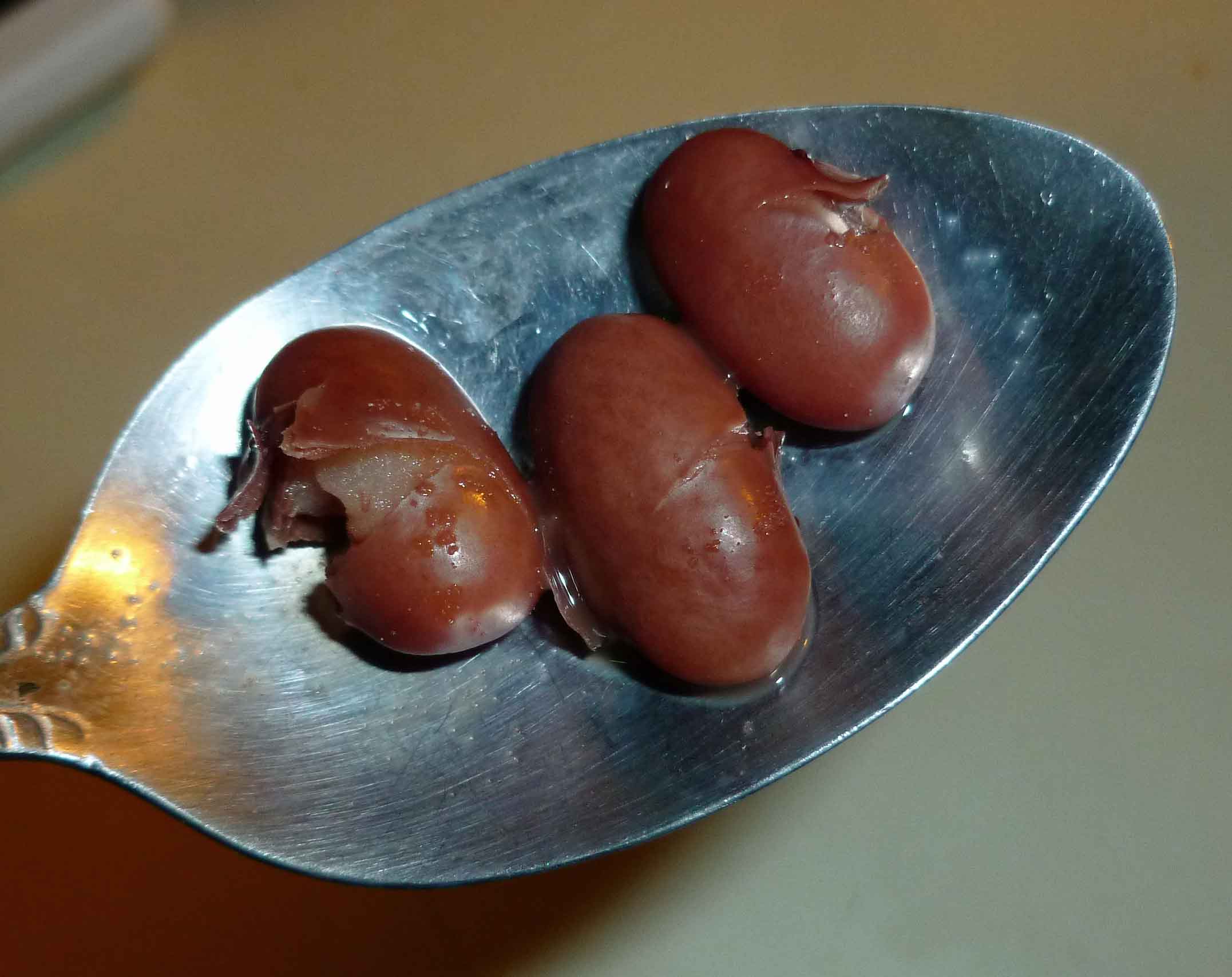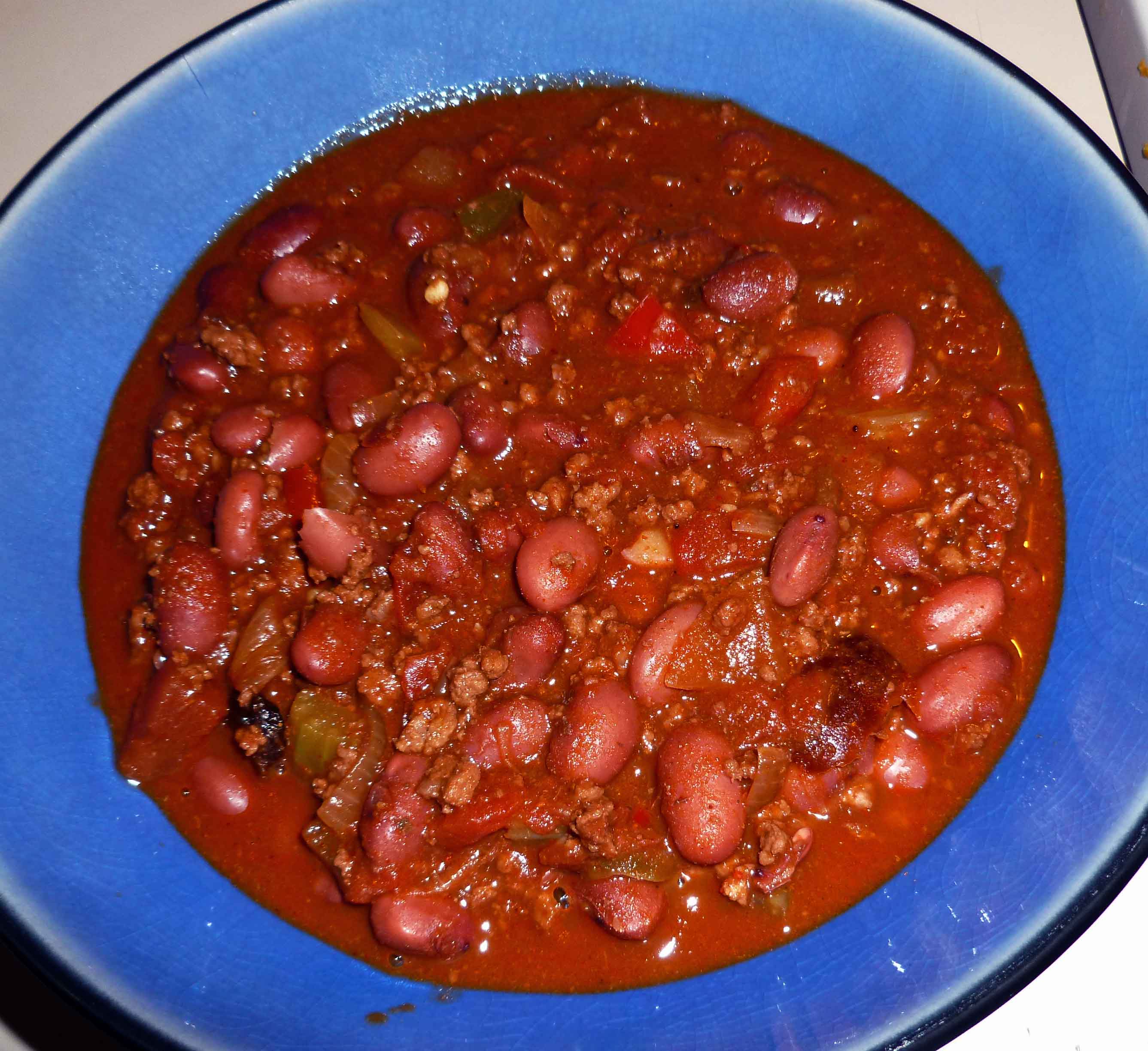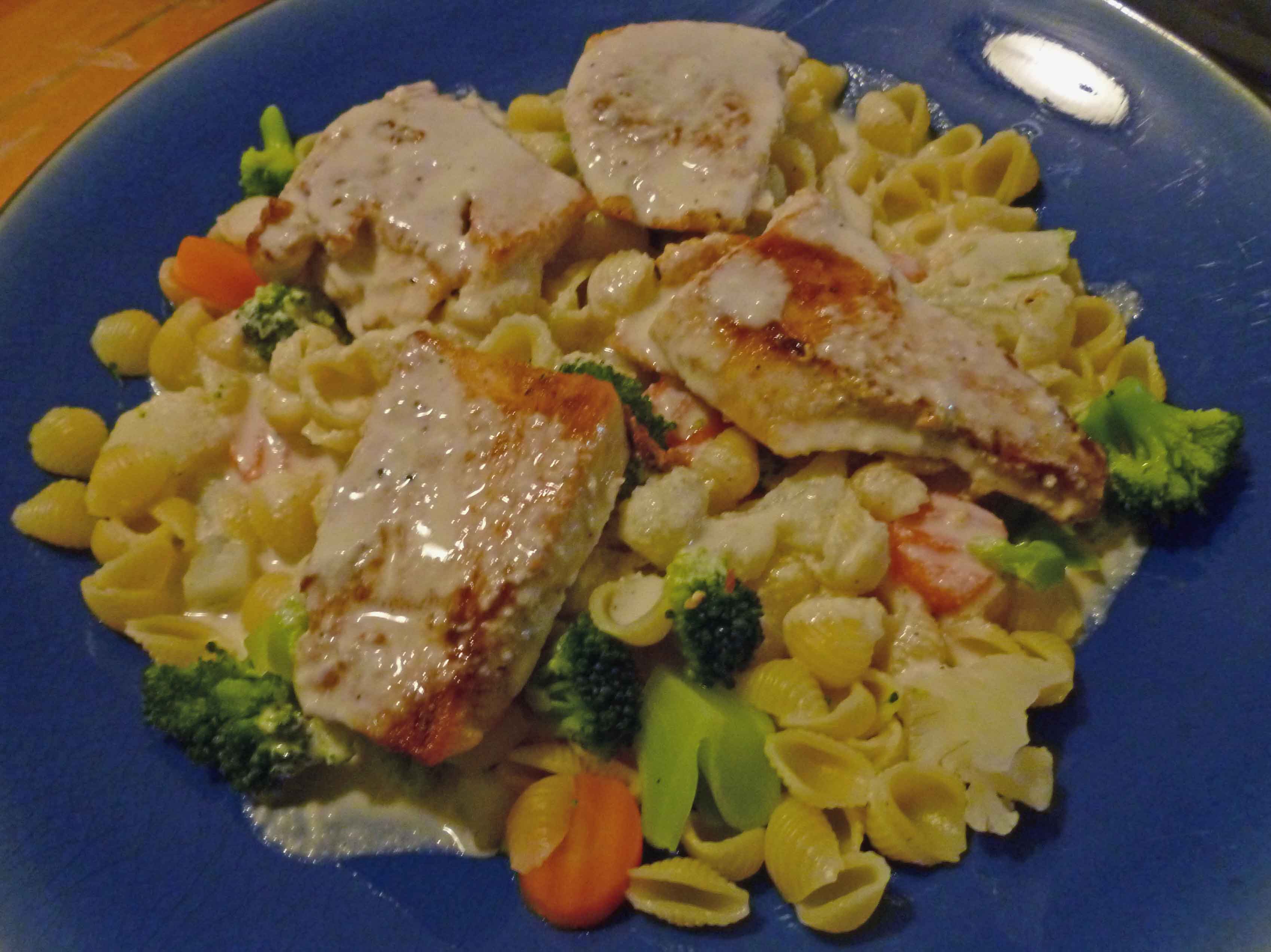
Okay, first things first. My good camera’s battery hit the skids half way through cooking this recipe, so I had to resort to my cell phone camera. Which means that some of these pictures are more terrible than they usually are. Now on to the subject at hand.
Alfredo sauce. Seriously, before the food allergy apocalypse, this was one of my very favorite things. When I was first diagnosed, I tried to make a soy based Alfredo sauce, and I took one bite, and dumped the rest of it down the sink. I may have also spit the bite I took in the sink. (Yes, I’m that classy.) You may remember that I have mentioned that I’m not a fan of soy milk. So when Mary Kate and I decided to do this blog, Alfredo sauce was one of the first things that I put on the infamous spreadsheet for us to find a solution to. I think I’m finally there. Even my husband, who can still eat dairy, says that this is amazingly close. This recipe will not help those of you with a nut allergy, as the base is made of cashews. Although the sauce itself is gluten free, I did use regular pasta, which is not. So if you want to make this recipe gluten free, just use gluten free pasta (MK suggests Schar pasta (I’ve only had the penne), Quinoa pasta (here, only had the macaroni), and Trader Joe’s corn pastas). This recipe will probably feed about 4-6 people depending on portion size.
Alfredo Sauce:
- 1 cup of raw cashews or cashew pieces (pieces are cheaper, buy those)
- 4 teaspoons of lemon juice (fresh is better but the bottled will work in a pinch)
- 1 teaspoon of roasted minced garlic (you can get it in a jar at the grocery store)
- 1 teaspoon of salt
- 1/2 teaspoon of fresh ground black pepper
- 1/4 teaspoon of nutritional yeast
- dash of nutmeg
- dash of paprika
- dash of sage
- 1 1/2 cups of boiling water
- 1 tablespoon of Earth Balance Natural Buttery Spread Soy-free
- 2 teaspoons of cool water
- 2 teaspoons of corn starch
Chicken Primavera Ingredients:
- 1 to 1 1/2 pounds of chicken breast, sliced into strips
- seasoned salt
- black pepper
- 2 tablespoons of canola oil
- 2 cups of pasta (small shells, macaroni, etc.)
- 1 – 16 ounce bag of frozen mixed vegetables
- enough water to cook the pasta
First, make the Alfredo sauce:
Put the tea kettle on to boil your 1 1/2 cups of water first. You will need your blender. Take your 1 cup of cashews and grind them into a fine powder. You can do this in the blender, but I like to grind them in a coffee grinder that I use specifically food and spices.
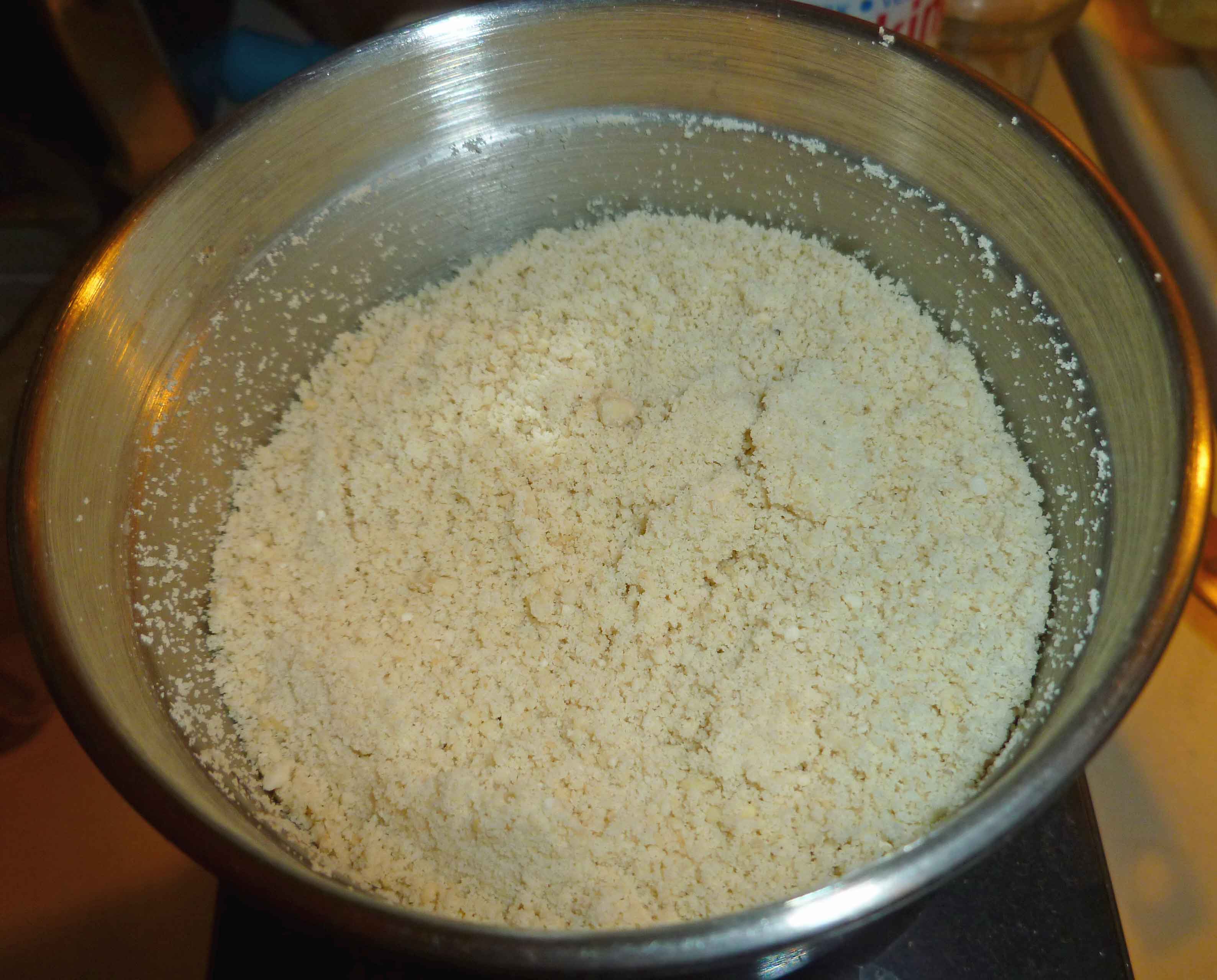
It’s easier if you grind them in batches if you’re using the coffee grinder. Once they are finely ground, put the cashews in the blender. (If you’re grinding them up in the blender, put the cashews in blender and process them until they are finely ground before adding any other ingredients.) Add the lemon, garlic, salt, black pepper, nutritional yeast, nutmeg, paprika, sage, and the boiling water in the blender with the cashews. Put the cover on the blender and blend until smooth. Let it blend for a while, the smoother the better.
Once you think it’s blended enough, pour the mixture into a sauce pan, and put it on medium low. Add the Earth Balance and let it melt into the mixture, while you mix the cornstarch and 2 teaspoons of cool water together in a small container. Once the Earth Balance is melted, stir the mixture to incorporate the Earth Balance and then pour in the cornstarch mixture, while continually stirring (if you don’t stir continuously, you’ll have lumps). Put the sauce on the back burner on the lowest setting while you get everything else ready.
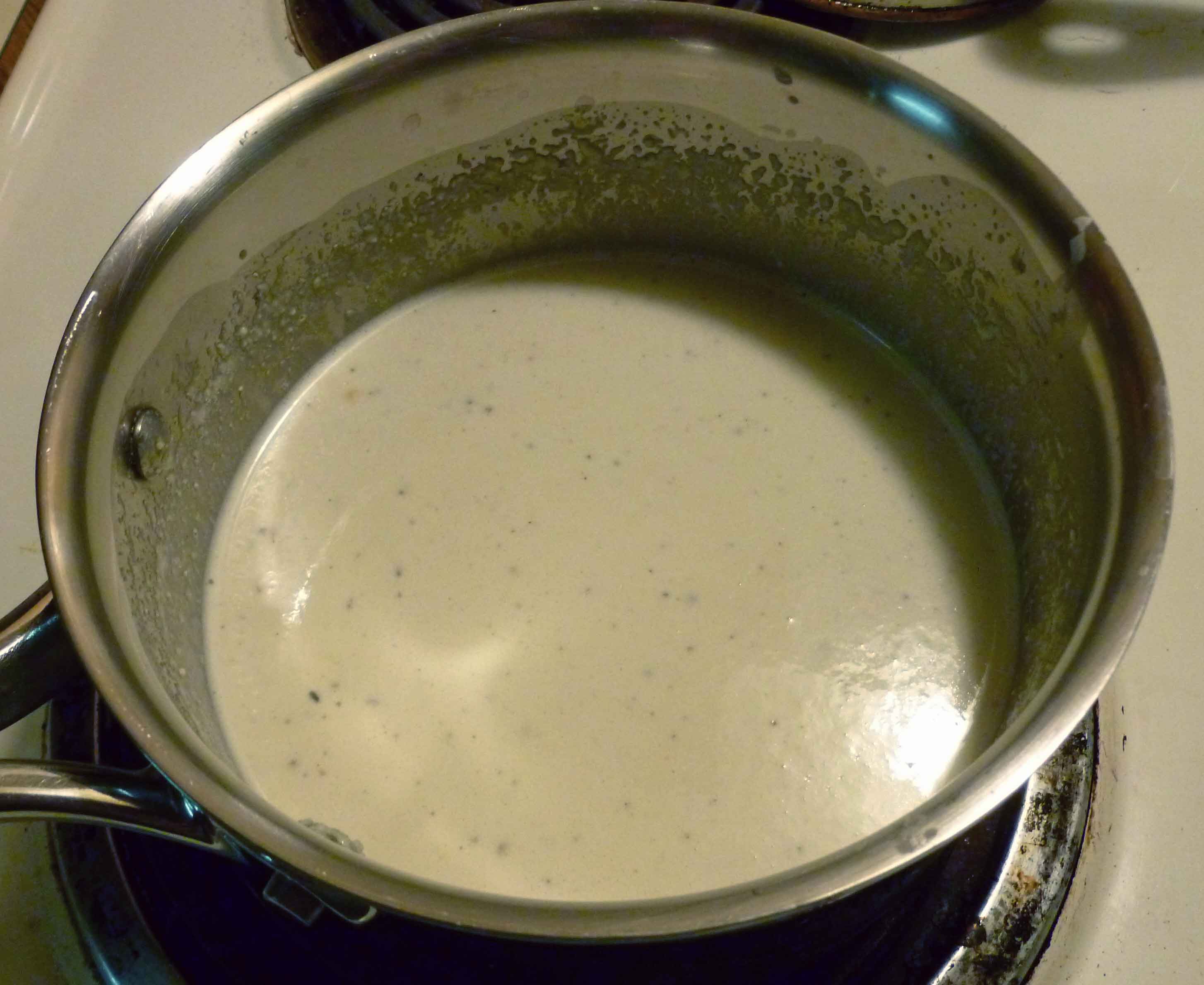
Now it’s time to cook the chicken. Slice the chicken breast into strips if you haven’t already done so, and season them with the seasoned salt and pepper (just sprinkle some over it). Put the canola oil in a skillet and turn the burner onto medium high. Put the chicken into the pan but don’t crowd the pieces.
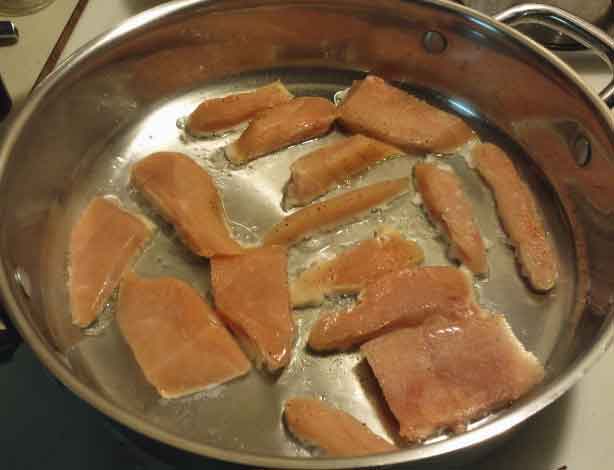
Sear the chicken so you get a nice golden brown on the outside, and make sure your pieces get cooked without being overcooked. Easy for me to say right? I prefer to use dark meat, because it’s really hard to over cook dark meat, and because I like it better. But, since my husband likes the breast meat, and I got a wicked deal on some chicken breast, that’s what we’re using here. However, next time I’d probably use boneless chicken thighs. Anyway, the picture below shows what you’re trying to get for a nicely seared outside, as it’ll add flavor to the dish.
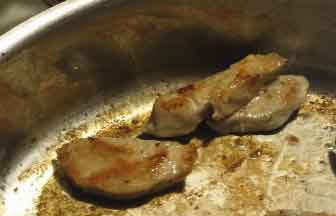
Put the chicken aside once it is cooked.
Now we need to cook the pasta and vegetables. Using a large pan, put enough water in to cook 2 cups of pasta, and a couple of dashes of salt. Bring the water to a boil, and add the two cups of pasta to the water. When the pasta is almost ready but not quite tender enough to be considered done, pour the bag of frozen mixed vegetables into the pan with the pasta.
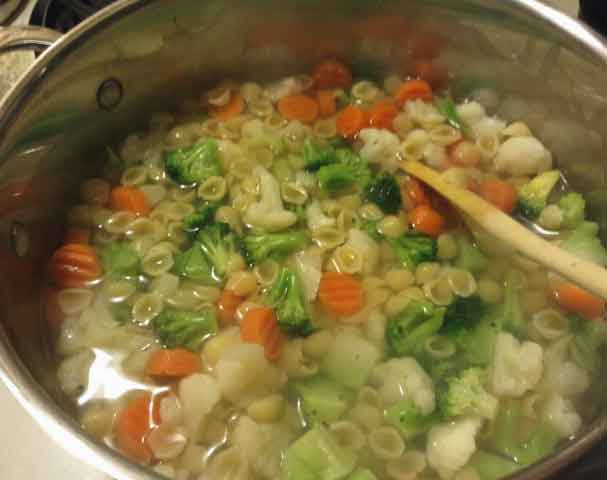
Bring the water back to a boil and let it cook for two or three minutes after that. Once the vegetables are done, the pasta should also be ready. Drain the water.
Spoon some of the pasta and vegetables onto a plate, and place some chicken on top of the pasta and vegetables.
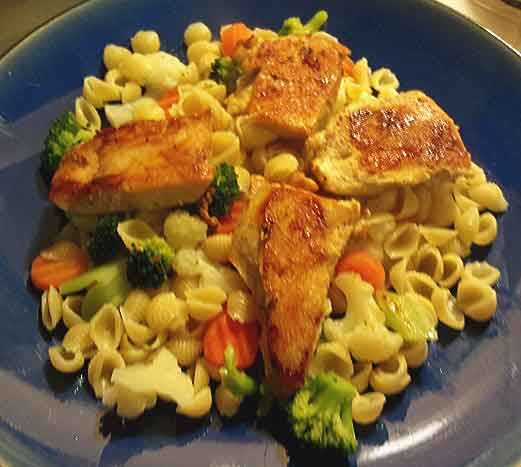
Then ladle some of the Alfredo sauce over your chicken, pasta and vegetables. And Voila! Yay Alfredo Sauce!!
